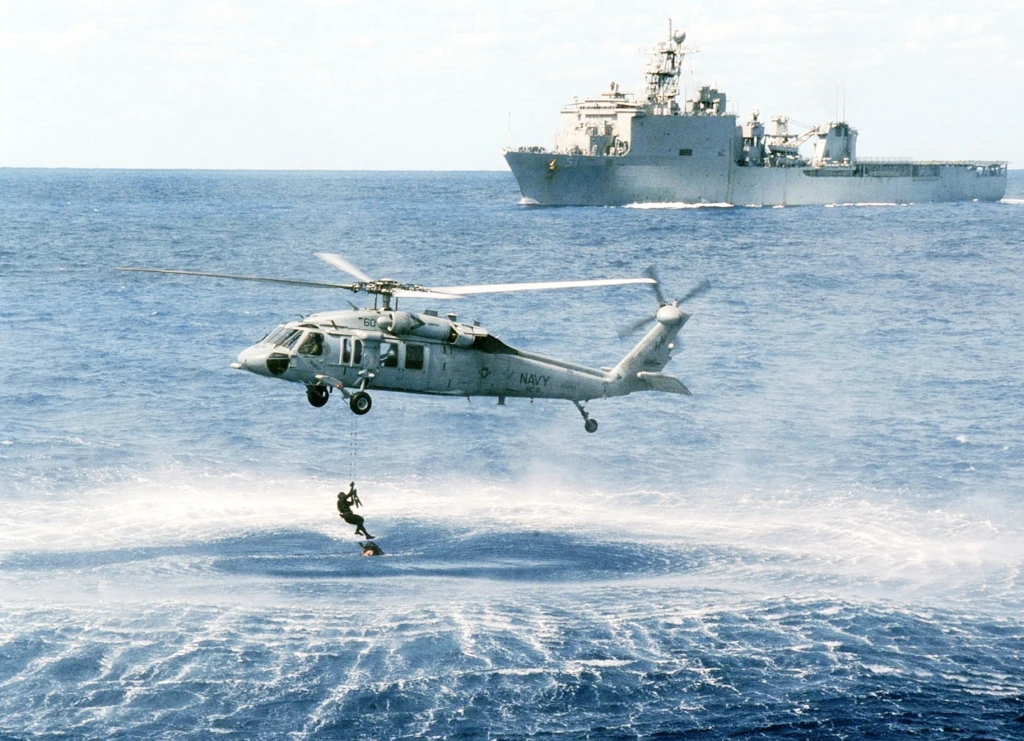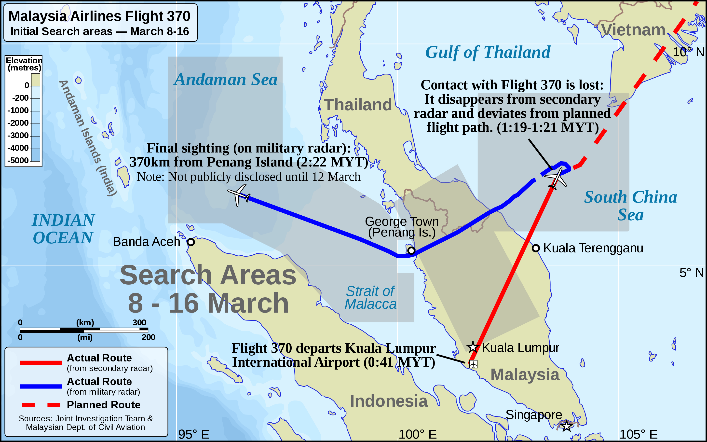
AI at the tactical edge for search & rescue operations

In the 1960s, military strategist John Boyd developed the concept of OODA – Observe, Orient, Decide, Act. This combat philosophy emphasized agility over brute force: If you see more, understand better, decide faster, and react more quickly than an adversary, you likely win.
Boyd died in 1997, well before anyone had heard the term “edge computing.” But he would have intuitively understood its significance. For the military, edge computing puts computation and data resources closer to where relevant information may be emerging—at the “tactical edge.” Microsoft can extend Azure services into denied, disrupted, intermittent, and limited bandwidth environments to enhance near real-time decision-making for defense and intelligence leaders; giving elements in the field a chance to maintain their operational momentum, and even perhaps, seize the initiative.
Of course, tactical forces also must contend with military operations other than war, that include contingencies such as disaster relief, border security, and even search and rescue operations for downed airmen or sailors whose ship has sunk. Who can forget the international military operations to search for survivors and wreckage associated with the Malaysian Air flight 370, or the more recent example of an Indonesian submarine that sank? Unlike in the movies, finding a person or a life raft in a tossing ocean can seem impossible. A single person may be somewhere in a patch of ocean encompassing thousands of square miles.

We are seeing a perfect example of how the edge can help save lives in New Zealand. There, the New Zealand Defense Force (NZDF) has partnered with Microsoft and the Aware Group—a New Zealand-based internet of things (IoT) and artificial intelligence (AI) specialist—to develop lifesaving, cutting-edge technology. NZDF responds to the scene of a mishap with various support platforms with a variety of sensors sent to capture relevant data. The responding package often includes camera-equipped drones and manned aircraft.
Using advanced AI-based analytics from the Aware Group—built atop the Microsoft Stack Edge Platform—the NZDF processes video feeds in real time, tagging and geo-locating frames with indications of promising contact. If that contact proves likely to be a search subject, search-and-rescue assets can be dispatched to the precise location for a recovery. That can make all the difference in an environment where survival times run in the minutes, not hours.
Microsoft’s Stack Edge Platform plays an important role in this life-saving mission. It comes with specialized IoT hardware and accelerated data processing and can run effectively even when completely offline in a harsh environment. Using this platform and the Aware Group’s sophisticated AI, hundreds of hours of video footage can be analyzed in seconds, and rescuers given critical information.
Now in proof-of-concept phase, the NZDF’s video analytics rescue technology hints at much wider applications for computing at the edge. A similar approach could be taken to finding missing—or deliberately hiding—individuals or forces in remote, disconnected, and austere environments around the world, such as forests, mountains, and jungles.
As the New Zealand case shows, edge computing is here now, and is being deployed not only by the by the U.S. military; but also, the militaries of coalition partners. Microsoft is bringing to bear an unprecedented partner eco-system to assist defense and intelligence agencies in leveraging these advanced capabilities.
This eco-system includes local partners like the Aware Group in New Zealand, who are working closely with our defense and security teams to help drive innovation into our customer environments. But it also includes global-scale defense contractors such as Thales, which is innovating with Microsoft to place our capabilities into platforms such as the Nexium Defense Cloud Edge, which can help modernize existing programs of record by infusing them with latest cloud technologies.
Microsoft is increasingly working directly with our customers and with our partners in the defense and intelligence communities to take full advantage of computing on the tactical edge for humanitarian and disaster relief and other military operations. Learn more about how we are helping these organizations enhance military operational effectiveness with secure and robust digital technology.




